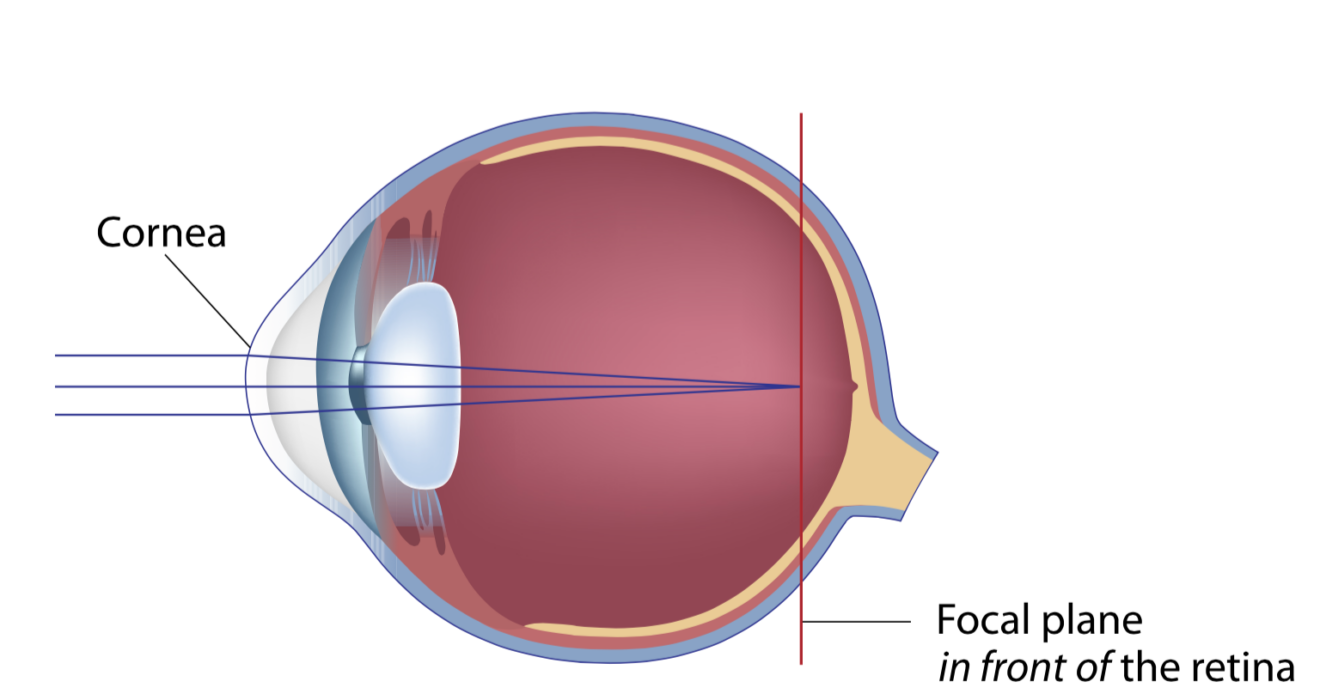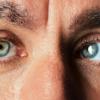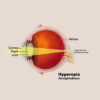Myopia (nearsightedness)
Nearsightedness, or myopia, as it is medically termed, is a vision condition in which people can see close objects clearly, but objects farther away appear blurred. Myopia occurs if the eyeball is too long or the cornea (the clear front cover of the eye) is too curved. As a result, the light entering the eye isn’t focused correctly, and distant objects look blurred.
Even though the tendency to develop myopia may be inherited, its actual development may be affected by how a person uses his or her eyes. Individuals who spend considerable time reading, working at a computer, or doing other intense close visual work may be more likely to develop myopia.
Nearsightedness: Myopia Symptoms
Some of the signs and symptoms of myopia include:
-
Eyestrain,
-
Headaches,
-
Squinting to see properly, and
-
Difficulty seeing objects far away, such as road signs or a blackboard at school.
These symptoms may become more obvious when children are between ages 8 and 12 years old.
Causes & risk factors
Myopia may also occur due to environmental factors or other health problems:
Some people may experience blurred distance vision only at night. With “night myopia,” low light makes it difficult for the eyes to focus properly. Or the increased pupil size during dark conditions allows more peripheral, unfocused light rays to enter the eye.
People who do an excessive amount of near-vision work may experience a false or “pseudo” myopia. Their blurred distance vision is caused by overuse of the eyes’ focusing mechanism. After long periods of near work, their eyes are unable to refocus to see clearly in the distance. Clear distance vision usually returns after resting the eyes. However, constant visual stress may lead to a permanent reduction in distance vision over time.
Symptoms of myopia may also be a sign of variations in blood sugar levels in people with diabetes or maybe an early indication of a developing cataract.
When your eyeball is too long or the cornea — the protective outer layer of your eye — is too curved, the light that enters your eye won’t focus correctly. Images focus in front of the retina, the light-sensitive part of your eye, instead of directly on the retina. This causes blurred vision.
Diagnosis:
Testing for myopia may use several procedures to measure how the eyes focus light and to determine the power of any optical lenses needed to correct the reduced vision. As part of the testing, you will identify letters on a distance chart. This test measures visual acuity.
Using an instrument called a phoropter, a doctor of optometry places a series of lenses in front of your eyes and measures how they focus light using a handheld lighted instrument called a retinoscope. Or the doctor may choose to use an automated instrument that evaluates the focusing power of the eye. The power is then refined based on your responses to determine the lenses that allow the clearest vision.
In some cases, such as for patients who can’t respond verbally or when some of the eye’s focusing power may be hidden, a doctor may use eye drops. The eye drops temporarily keep the eyes from changing focus during testing. Using the information from these tests, along with the results of other tests of eye focusing and eye teaming, your doctor can determine if you have myopia. He or she will also determine the power of any lens correction needed to provide a clearer vision. Once testing is complete, your doctor can discuss treatment options.
Treatment:
People with myopia have several options available to regain clear distance vision. They include:
-
Eyeglasses
-
Contact lenses
-
Ortho-k or CRT – In this nonsurgical procedure, you wear a series of specially designed rigid contact lenses to gradually reshape the curvature of your cornea (the front outer surface of the eye). The lenses place pressure on the cornea to flatten it. This changes how light entering the eye is focused. You wear the contact lenses for limited periods, such as overnight, and then remove them. People with mild myopia may be able to temporarily obtain clear vision for most of their daily activities.
-
Laser procedures. A laser beam of light reshapes the cornea by removing a small amount of corneal tissue.
-
Other refractive surgery procedures. People who are highly nearsighted or whose corneas are too thin for laser procedures may be able to have their myopia surgically corrected. A doctor may be able to implant small lenses with the desired optical correction in their eyes.
-
Vision therapy for people with stress-related myopia. Vision therapy is an option for people whose blurred distance vision is caused by a spasm of the muscles that control eye focusing. Various eye exercises can improve poor eye focusing ability and regain clear distance vision.
People with myopia have a variety of options to correct vision problems. A doctor of optometry will help select the treatment that best meets the visual and lifestyle needs of the patient.



